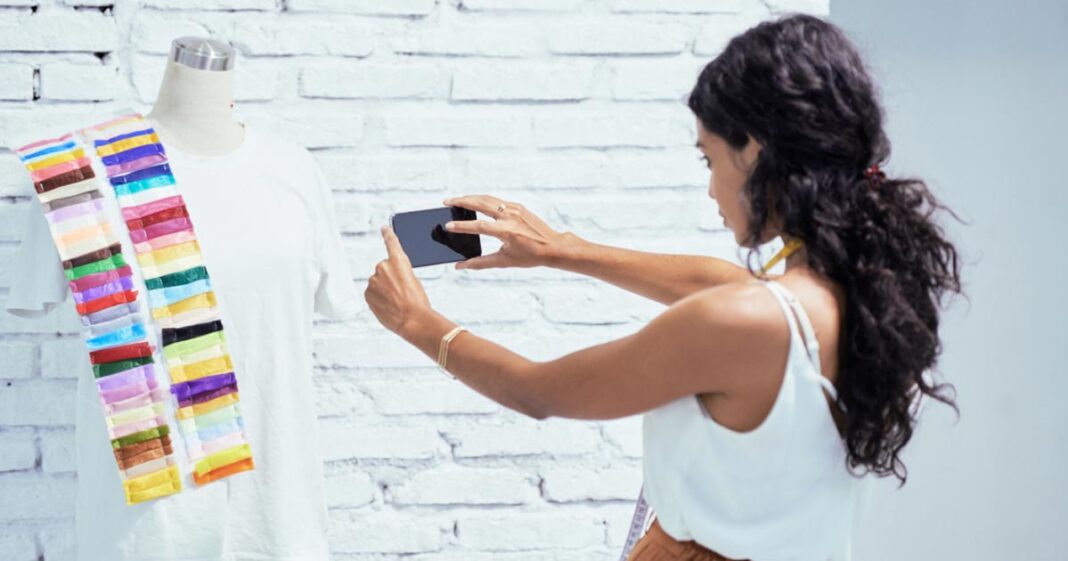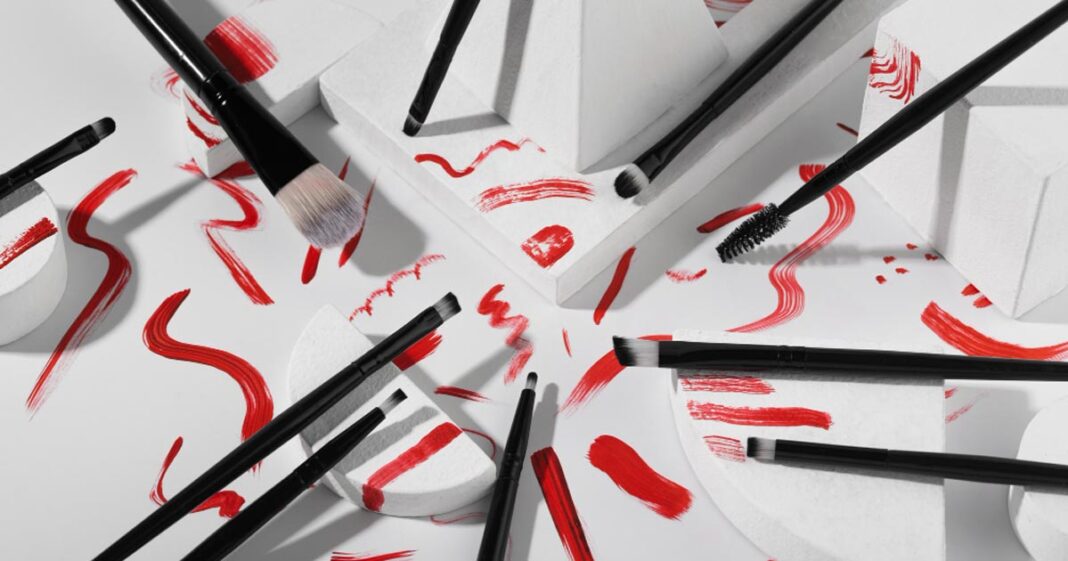
Fashion in India is no longer just about clothing—it’s about culture, commentary, and creative rebellion. In 2025, designers are pushing boundaries beyond fabric and fit, blurring the lines between couture and canvas. From sarees printed with digital art to lehengas embedded with audio sensors, the Indian fashion industry is undergoing a metamorphosis where fashion is not worn—it is witnessed.
What was once seen as a commercial, trend-driven industry is now being acknowledged as a legitimate art form, with Indian designers being invited to exhibit at art biennales, featured in global museums, and winning awards traditionally reserved for painters and sculptors.
Gaurav Gupta: Sculpting Fabric Like Stone
Nobody embodies this fusion better than Gaurav Gupta, whose sculptural gowns have made headlines worldwide. At Paris Couture Week 2025, his show titled “Shunyata: The Void and the Whole” left audiences stunned. Models walked in silence wearing fluid metallic forms that mimicked flowing rivers and ancient Sanskrit symbols.
The collection wasn’t just fashion—it was philosophy in thread.
Gupta, now often referred to as “India’s Alexander McQueen,” had one of his pieces acquired by the Metropolitan Museum of Art in New York. In an interview with The Indian Express, he said, “My garments are stories of duality—chaos and calm, shape and shapelessness. They are sculptures, not outfits.”
Masaba Gupta’s ‘Canvas Couture’: Clothes as Political Paintings
Masaba Gupta, known for her bold prints, turned her 2025 Lakmé Fashion Week collection into a moving gallery called “Canvas Couture.” Each piece carried hand-painted portraits of Indian women freedom fighters, from Captain Lakshmi Sahgal to Savitribai Phule.
Guests walked through dimly lit corridors as voiceovers recited letters from India’s independence movement. The show ended with models standing on pedestals like statues—silent, strong, still.
Masaba’s collaboration with the National Museum of India brought her collection to schools and public libraries as part of a touring fashion-art exhibition.
“I didn’t design clothes—I resurrected forgotten heroes,” she said in her conversation with Hindustan Times.
Sabyasachi Goes Virtual: Fashion in the Metaverse
Luxury designer Sabyasachi Mukherjee took things even further—into the metaverse. His 2025 collection, “Dreams of Banaras,” was showcased not on a runway but inside a virtual museum, where avatars wandered through holographic textile installations.
Each piece was linked to a unique NFT, sold through the blockchain-backed platform ArtCartel India. His sari titled “The River Remembers”, inspired by the Ganges, fetched ₹1.2 crore, purchased by a UK-based art collector.
Sabyasachi explained in Business Standard, “Fashion is not just wearable. It is collectible. We’re no longer tailoring for closets—we’re curating for eternity.”
Ritu Kumar’s Handloom Revival as Installation Art
Veteran designer Ritu Kumar took a more tactile route. In 2025, she collaborated with artisans in Odisha and Kutch to create wearable installations using heritage handloom.
Her exhibition “Threadscapes”, held at the National Gallery of Modern Art (NGMA), featured live weaving demonstrations, 10-foot sarees suspended mid-air, and time-lapse films of generational craftspeople at work.
Kumar’s work earned her the Padma Bhushan in January 2025 for her contribution to “art in design.”
From Runway to Museum: Fashion in Indian Galleries
The line between fashion and art is now institutional. The Kiran Nadar Museum of Art launched its first Fashion as Fine Art exhibit this year, showcasing archival pieces from Manish Arora, Anamika Khanna, and Bodice.
- Anamika Khanna’s piece “Untitled in White”, a deconstructed sherwani on a mannequin frozen mid-motion, became the centerpiece.
- Manish Arora’s neon riot jacket was displayed under UV light, described as “psychedelic realism on textile.”
This shift has also been recognized globally. The Victoria & Albert Museum in London now has a permanent India section featuring contemporary fashion as art objects, thanks to curatorial efforts by NID alumni Pia Malhotra.
Technology as a Design Tool: AI & Sound in Fashion
Hyderabad-based designer Akshay Rao collaborated with musicians and coders to create the “Resonance Series”—a line of outfits embedded with audio sensors that play specific ragas when touched.
At the Bangalore Tech-Art Festival, his interactive lehenga played Raag Bhairavi as viewers circled the model. It was part costume, part soundscape.
Similarly, AI-powered design brand KodeKanvas allows users to input poetry which gets converted into visual art prints on scarves and jackets. The brand, founded by Ananya Roy, won the UNESCO Creative Futures Prize in March 2025.
Youth-Led Fashion Collectives: Fashion as Street Protest
Young Indian designers are also using fashion as activism.
The Mumbai collective “ThreadRevolt” stages guerrilla fashion shows in public spaces—on metros, at university campuses, even in courtrooms. Their clothing is made from recycled banners, protest posters, and newsprint.
“We aren’t making fashion. We’re making noise,” says 22-year-old co-founder Aaliya Khan, who was featured in Forbes India’s 30 Under 30.
Redefining Design Education: NIFT & JNU Collaborate
Recognizing the artistic depth of fashion, NIFT (National Institute of Fashion Technology) has launched an interdisciplinary program with JNU’s School of Arts & Aesthetics. Students now study fashion alongside visual theory, film, and performance art.
This year’s convocation featured installations, including a sari that unraveled into a poetry scroll and a jacket made of 365 stitched diary pages—each one a student’s day in design school.
Wearable Art Is the Future
As the global gaze turns towards India for inspiration, Indian designers are rewriting fashion’s purpose. Not just as ornament or attire—but as storytelling, symbolism, and sometimes even protest.
Whether it’s a whisper of silk or a roar of recycled plastic, in 2025 fashion is no longer worn to be seen—it’s worn to be heard.
And on the catwalks of Mumbai, streets of Delhi, and digital alleys of the metaverse, India’s designers are painting the future—one stitch at a time.





